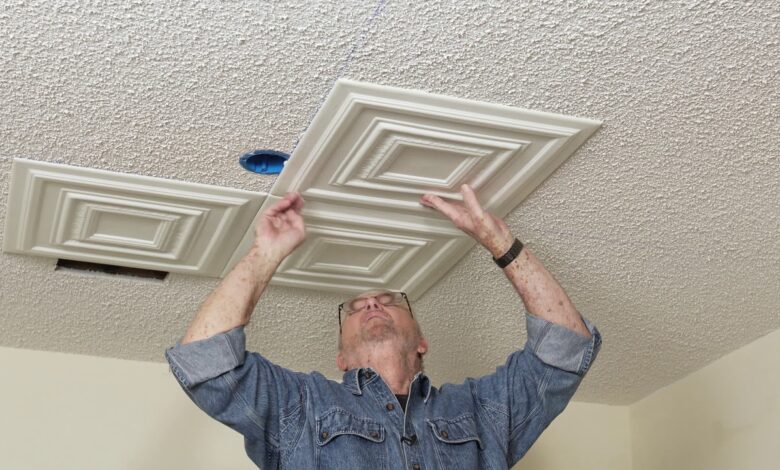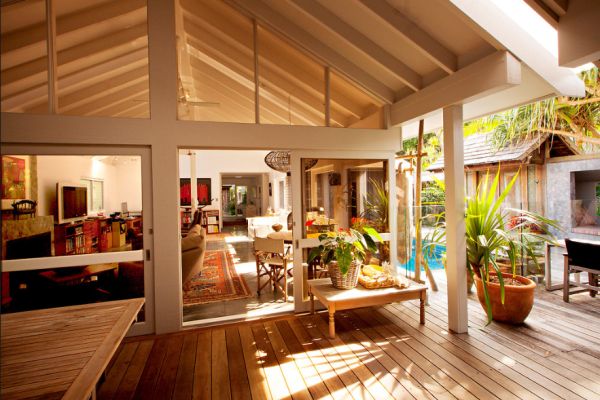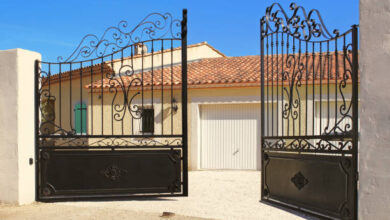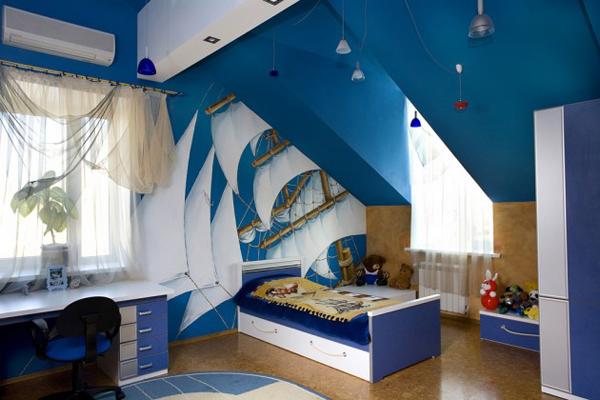Different Materials You Can Use For The Tiles Of Your Dropped Ceiling

When designing your space’s interior, the ceiling often plays a crucial role in creating the right ambience. Dropped ceilings, also known as suspended or false ceilings, are popular for residential and commercial buildings. They offer several advantages, such as hiding unsightly wires and pipes, improving acoustics, and providing easy access to the area above. One key element of a dropped ceiling is the tiles used, and choosing the right material can significantly impact the overall look and functionality of the space. In this article, we will explore some different materials you can consider for the tiles of your dropped ceiling.
Mineral Fibre
Mineral fibre tiles are one of the most common choices for a suspended ceiling tile in dropped ceilings. They are made from a combination of natural and synthetic materials, including mineral wool, clay, and starch. These tiles are highly durable, fire-resistant, and provide excellent sound absorption properties. Mineral fibre tiles are available in various designs, textures, and colours, making them suitable for various aesthetics and interior styles.
PVC (Polyvinyl Chloride)
PVC tiles have gained popularity recently due to their versatility and cost-effectiveness. These tiles are lightweight, easy to install, and require minimal maintenance. PVC tiles come in various designs, including smooth, textured, and patterned options. They are moisture-resistant, making them an excellent choice for areas with high humidity, such as kitchens and bathrooms. Additionally, PVC tiles are easy to clean, making them ideal for commercial spaces that require regular maintenance.
Metal
Metal tiles can add a touch of sophistication and modernity to your dropped ceiling. They are available in materials such as aluminium, steel, and copper, each offering unique characteristics. Metal tiles are known for their durability, corrosion resistance, and ability to reflect light, making a space appear brighter. They are common in commercial buildings, such as offices, restaurants, and hotels, where a contemporary aesthetic is desired. You can customise metal tiles with various finishes, including brushed, polished, or powder-coated, so there are plenty of options to suit your design aesthetics.
Wood
Wood tiles are an excellent choice for those seeking a warm and natural look. They bring a touch of elegance and charm to any space. Wood tiles are available in different species, including oak, pine, and bamboo, each offering unique grain patterns and colours. These tiles can be stained or painted to match the existing decor or left untreated for a rustic appeal. Wood tiles are often used in residential settings, such as living rooms and bedrooms, where a cosy and inviting atmosphere is desired.
Gypsum
Gypsum tiles, or plasterboard or drywall, are popular for dropped ceilings. They are made from a combination of gypsum plaster and fibre, which provides strength and flexibility. Gypsum tiles are lightweight, easy to install, and offer good sound insulation properties. They can be painted or covered with wallpaper to enhance the aesthetic appeal. Gypsum tiles are commonly used in offices, schools, and healthcare facilities due to their affordability and acoustic performance.
The choice of material for the tiles in your dropped ceiling plays a crucial role in the overall design and functionality of the space. When selecting your preferred ceiling tiles, consider the desired aesthetic, acoustic properties, durability, and maintenance requirements. By choosing the right material, you can transform your dropped ceiling into a visually stunning and functional interior design element.





